42 how to read food labels diabetes
PDF TO CARE 4 YOURSELF READING A NUTRITION FACTS LABEL - novoMEDLINK diabetes and prediabetes.1 When we think of sodium sources, we often think of table salt. But many of the foods we eat contain sodium. Reading the label can help you compare the amount of sodium in foods so that you can choose lower-sodium options. Nutrition Facts 8 servings per container Serving size 2/3 cup (55g) Calories 230 5% 10% 0% 7% 13% ... PDF Label reading basics for diabetes - Veterans Affairs Label Reading Basics for Diabetes Nutrition and Food Services (05/2020) Serving Size • The serving size is the portion size used for all the values on the label. • Different foods have different serving sizes. • The serving size on this label is 2/3 cup. Servings per Container • Indicates the number of
Learning To Read Labels :: Diabetes Education Online On a nutrition food label, subtract the fiber from the total carbohydrate amount. When you read food labels, the grams of sugar are already included in the total carbohydrate amount, so you do not need to count this sugar amount separately. The grams of sugar listed include both natural sugars, from fruit or milk, and added sugars. On a nutrition food label, the total carbohydrate includes the sugar.

How to read food labels diabetes
PDF Label Reading Basics for Diabetes - Veterans Affairs This food has 300 mg of sodium per ½ cup serving. It is suggested to limit salt intake to 1500 mg per day when you have diabetes. With pre-diabetes, your sodium intake should still be monitored. The goal is less than 2300 mg per day. A good first step is to not have a salt shaker at home. Total Fat The area on the label describing Understanding food labels fact sheet - NDSS Understanding how to read food labels can help you choose foods with more fibre and less saturated fat, salt (sodium), added sugars and kilojoules. Food labels will typically include a nutrition information panel, list of ingredients, the 'use by' or 'best before' date and identify potential food allergens and additives. Food labels also tell you the amount of carbohydrates (carbs) you eat and drink. This can help you manage your blood glucose levels. Read more in our fact sheet ... How to Read the New Food Label - The Johns Hopkins Patient Guide to ... How to Read the New Food Label Servings. The new food label starts with "servings per container" followed by "serving size" which is now easy to spot... Calories. The new label makes calories the focus with the larger and bold type. Calories are energy for our body, but... Total Fat. Fat is an ...
How to read food labels diabetes. Reading food labels: Tips if you have diabetes - Mayo Clinic Reading food labels: Tips if you have diabetes Start with the list of ingredients. When you're looking at food labels, start with the list of ingredients. Keep an eye... Consider carbs in context. If your meal plan is based on carbohydrate counting, food labels become an essential tool. Put ... Food Label Know How | American Diabetes Association Healthy Ways to Cook and Season Food. Navigating the Grocery Store. Food Label Know How. Plan Your Plate. Sugar Substitutes. Grupos de Alimentos y Tamaños de las Porciones. Formas Saludables de Cocinar y Sazonar los Alimentos. Compras en el Supermercado. Como Leer las Etiquetas de los Alimentos. Reading Food Labels to manage Diabetes - Making Diabetes Easier When reading the label of food packaging, it's helpful to also be mindful of the salt content and fatty acids. Eaten in large quantities, salt causes hypertension and kidney complications and fatty acids can lead to cardiovascular problems. It can also be helpful for people with type 2 diabetes to keep track of overall calorie intake because ... How to Read Nutrition Labels When You Have Diabetes - WebMD Getting Past the Guilt of Type 2. See how one patient learned to manage her weight and diet.
Food Labels | CDC - Centers for Disease Control and Prevention If you eat the whole thing, you are eating 8 times the amount of calories, carbs, fat, etc., shown on the label. Total Carbohydrate shows you types of carbs in the food, including sugar and fiber. Choose foods with more fiber, vitamins, and minerals. Choose foods with lower calories, saturated fat, sodium, and added sugars. Avoid trans fat. Reading Food Labels | ADA - American Diabetes Association We'll cover the basics so that these labels make shopping easier for you. You've heard it all. From carb-free to low-carb, to whole and empty carbs, it's hard to know what it all means. Blood sugar highs and lows aren't always easy to understand. Sometimes you can pinpoint a related food or activity, but not always. How to read nutrition facts labels - Diabetes Care Community Identify foods suitable to special diets (for example, low-sodium or low-fat diets). Find foods that will help you to increase or decrease your intake of a particular nutrient (for example, if you want to increase the amount of fibre, or decrease the amount saturated fat in your diet). 5 easy steps to reading a Nutrition Facts Table How to Read Food Labels | mySugr Before reading the rest of the label, look at the serving size. The rest of the information — such as carbs, calories, sugars, fiber, and more — will be based on the serving size that's listed. Eating more than a serving size means you'll get more carbs, sugars, and calories than what's listed.
How to Read Food Labels When You Are Diabetic - Diabetics Weekly Study the Carbohydrate Content in Detail This is the most important aspect of how to read food labels when you have diabetes. The total amount of carbohydrates breaks down into complex carbohydrates, sugar, and fiber. Don't hone in on zero-sugar foods, as foods like milk and fruit contain natural sugars. How to read food labels if I have diabetes or prediabetes? Knowing how to read food labels is a very useful skill to improve your eating and better manage or help to prevent the progression of diabetes. There are three main things on the food labels to look out for: nutrition information panel, ingredient list, and Healthier Choice Symbols. 1. Nutrition information panel (NIP) Reading Food Labels When You Have Diabetes | Kaiser Permanente Protein. This comes from foods such as meat, poultry, seafood, eggs, beans, peas, soy products, nuts, and seeds. Adding a little protein that is low in saturated fat to each meal and snack can help you feel full longer. Sodium. Many packaged and canned foods have a lot of sodium (salt). Reading Food Labels for Carbohydrates - dummies To find the amount of carbohydrates in your foods, follow these steps: Look for the line that reads "Total Carbohydrate" on the label. The value on this line will tell you how many grams of carbohydrates are in one serving of the food. Check the number of servings per container to see if your package has one or more servings.
Decoding Diabetes: How to Read Nutrition Labels | Accu-Chek You may notice on a nutrition label that there are several lines addressing a food's carb contents: Total Carbohydrates: This line represents the total amount of carbs in one serving. This number is made up of both complex carbs like fiber and starch, and simple carbs like sugar.
Learn How to Read Food Labels - YouTube Nutrition Facts labels located on most food items tell you how many carbohydrates are in one serving. This means that if you consume more than the serving si...
Understanding food labels | Diabetes UK Labels on the front don't include the amount of carbs, so check the label on the pack for the total carbohydrate, which includes carbohydrates from starchy food as well as sugars. The figures for sugars on traffic lights are for total sugars, which doesn't tell you how much of the sugar comes from natural sources, such as fructose and how much is added, such as sucrose or glucose.
Reading Food Labels When You Have Diabetes - WebMD This part of the label also tells you how much of that energy comes from the fat in a serving. Nutrients. "% Daily Value" shows how much a serving of that food gives you for each key nutrient ...
PDF how To Read food labels HoW To ReaD FooD LaBeLs HoW To ReaD FooD LaBeLs Let's look at this food label for a whole grain cereal: step 1. look at the "serving size." That will tell you the size of the serving that the nutrition facts are for. This does not always have to be your portion size. The amount of calories will increase as the por-tion size increases.
What Does A Dietitian Do For Diabetes? - onpoint-nutrition.com Dietitians are trained to provide medical nutrition therapy to individuals with diabetes, as well as individuals with hypertension, high cholesterol, IBS, acid reflux, and other medical concerns. Medical nutrition therapy is a fancy term for providing recommendations that are backed by science to guide you toward a healthier version of yourself.
Learn how to read food labels - Diabetes Care Community People with diabetes have a variety of food considerations to keep in mind. Learn how to read food labels and you'll get a head start in planning meals to meet our diabetes management targets. The first thing to check on a label is the 'serving size'. This is the manufacturer's suggested portion for one person.
Reading labels | Diabetes UK Key points Always look at the 'total carbohydrate' on the label when carb counting. This will make sure you are counting both the complex (starchy) and simple (sugary) carbs in your food. Both will raise your blood glucose (blood sugar) levels, and need to be matched with insulin.
Reading food labels & nutrition panel - Diabetes Queensland Reading food labels When choosing packaged food, choose products with: lower energy (kilojoules) if you are trying to lose weight lower total and saturated fat lower sugar lower sodium higher fibre Every food label tells a story and the Nutrition Information Panel simply gives you the facts.
Food Labels and How to Read Them - Diabetesnet.com Light: A food that has one third fewer calories, half the fat or half the sodium of a regular version. (It doesn't apply to products that use "light" to describe color or texture, such as "light, creamy cake frosting.") Low: A food that contains little fat, sodium, cholesterol or calories.
Diabetes Food Label Reading: Quick Tips to Shop Smarter Stick to products that contain a maximum of 10 ingredients, 5 is even better. It's also good to understand that anything labeled "sugar free" can technically still have up to 0.5 grams of sugar per serving, so it's not always as straightforward as it seems. "Sugar free" and "no added sugar" does not mean carb free.
Reading Food Labels When You Have Diabetes | HealthLink BC Start with the "% Daily Value" column on the food label. A food is considered low in a specific nutrient (such as fat, saturated fat, cholesterol, carbohydrate, or sodium) if it has 5% or less of the daily value. A food is considered high in that nutrient if it has 15% or more of the daily value. Watch out for health claims on food labels.
How to Read the New Food Label - The Johns Hopkins Patient Guide to ... How to Read the New Food Label Servings. The new food label starts with "servings per container" followed by "serving size" which is now easy to spot... Calories. The new label makes calories the focus with the larger and bold type. Calories are energy for our body, but... Total Fat. Fat is an ...
Understanding food labels fact sheet - NDSS Understanding how to read food labels can help you choose foods with more fibre and less saturated fat, salt (sodium), added sugars and kilojoules. Food labels will typically include a nutrition information panel, list of ingredients, the 'use by' or 'best before' date and identify potential food allergens and additives. Food labels also tell you the amount of carbohydrates (carbs) you eat and drink. This can help you manage your blood glucose levels. Read more in our fact sheet ...
PDF Label Reading Basics for Diabetes - Veterans Affairs This food has 300 mg of sodium per ½ cup serving. It is suggested to limit salt intake to 1500 mg per day when you have diabetes. With pre-diabetes, your sodium intake should still be monitored. The goal is less than 2300 mg per day. A good first step is to not have a salt shaker at home. Total Fat The area on the label describing



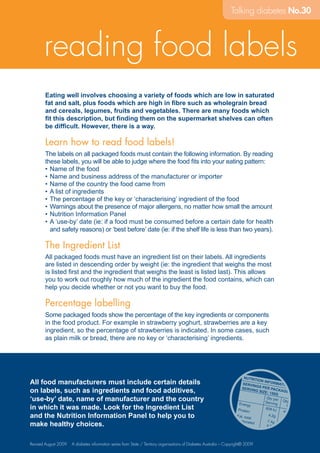
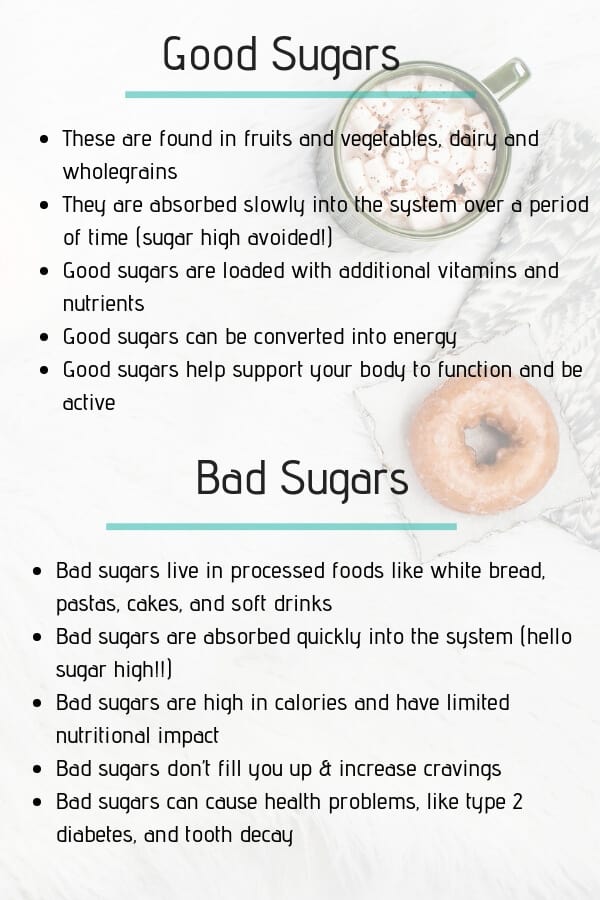
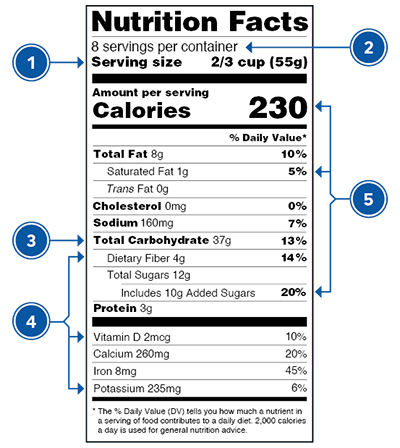



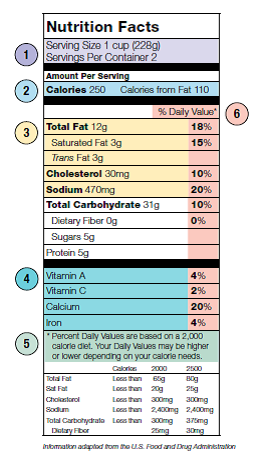
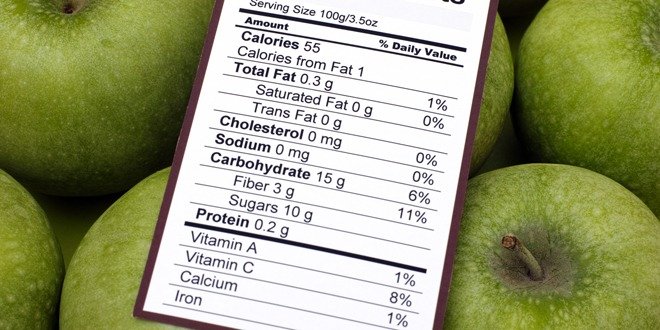

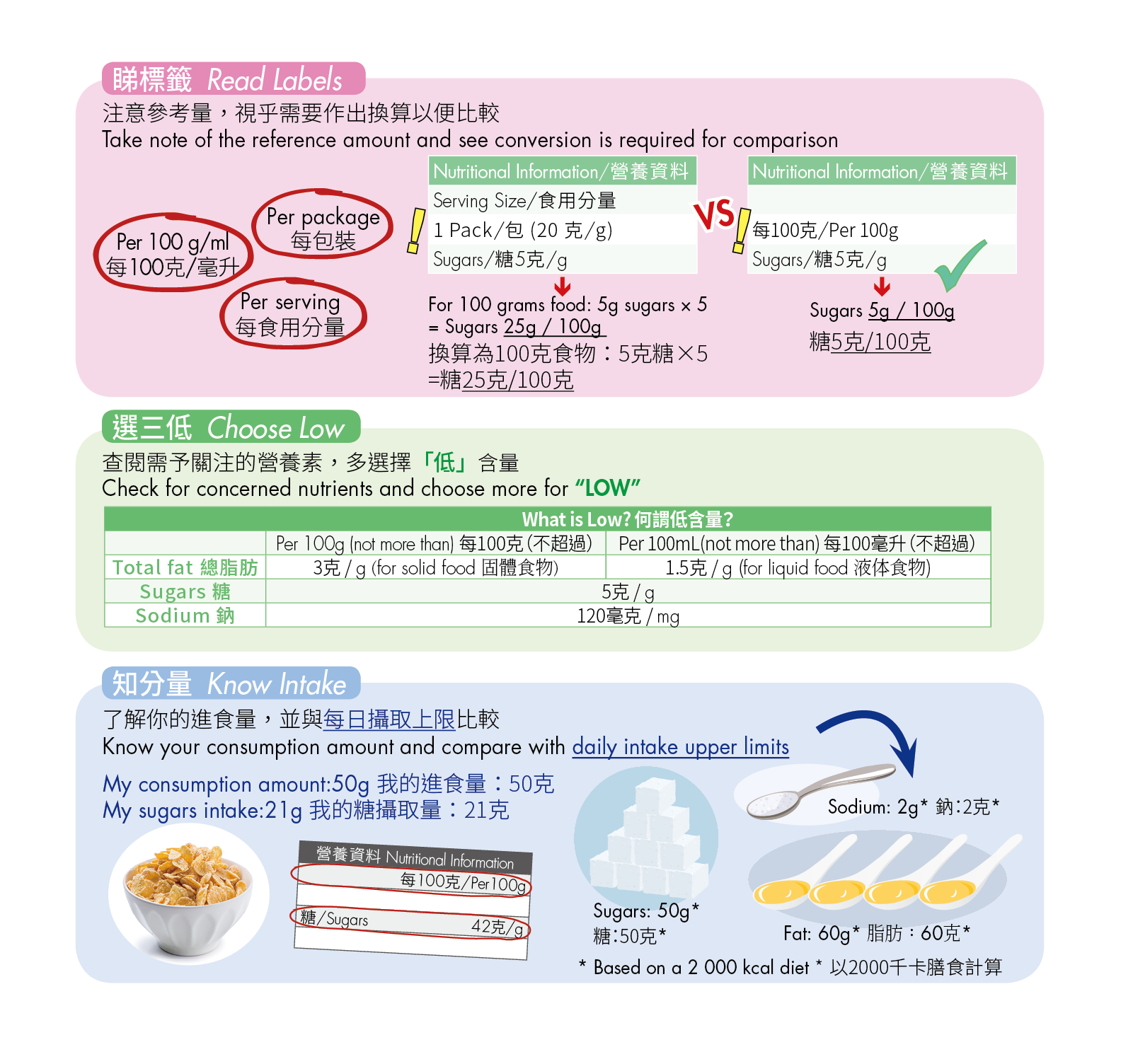
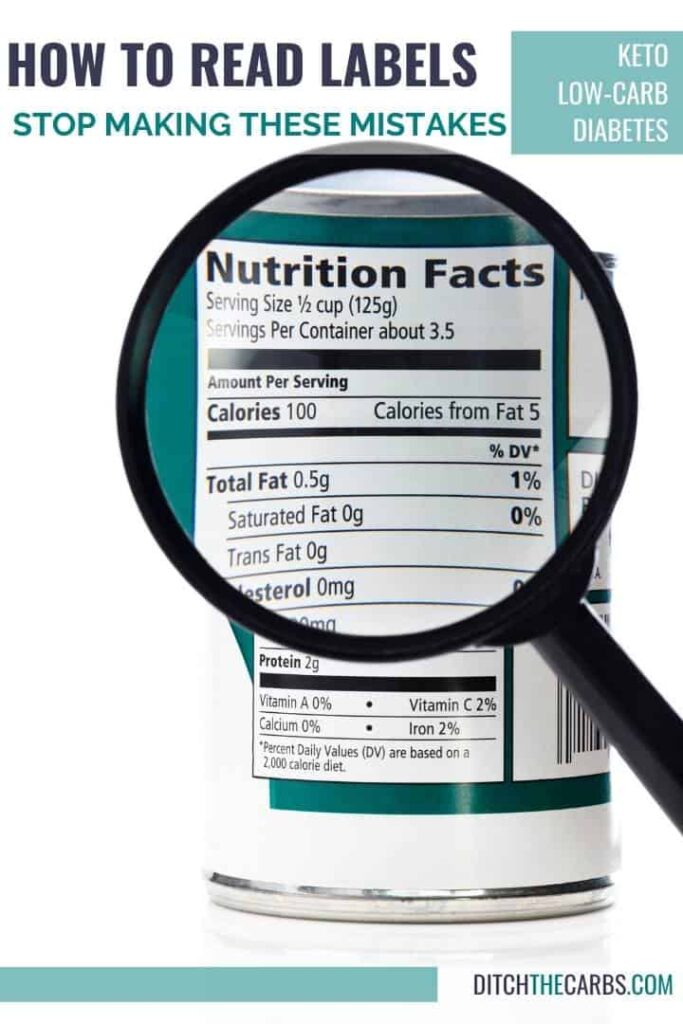



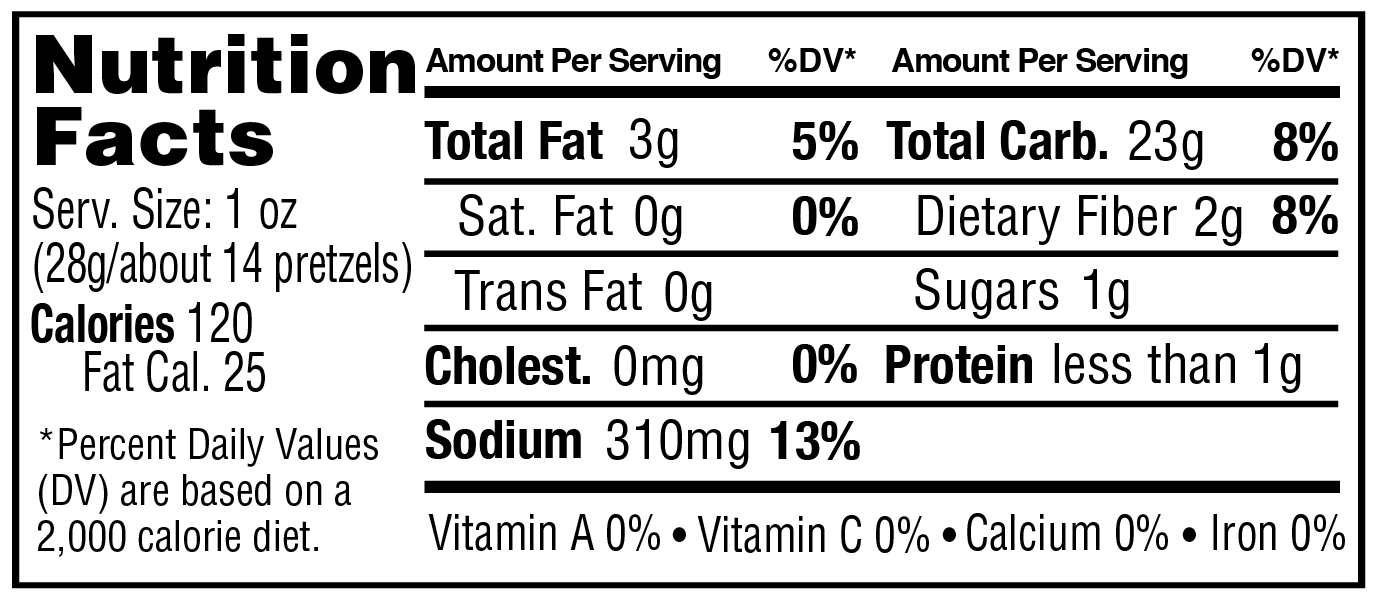
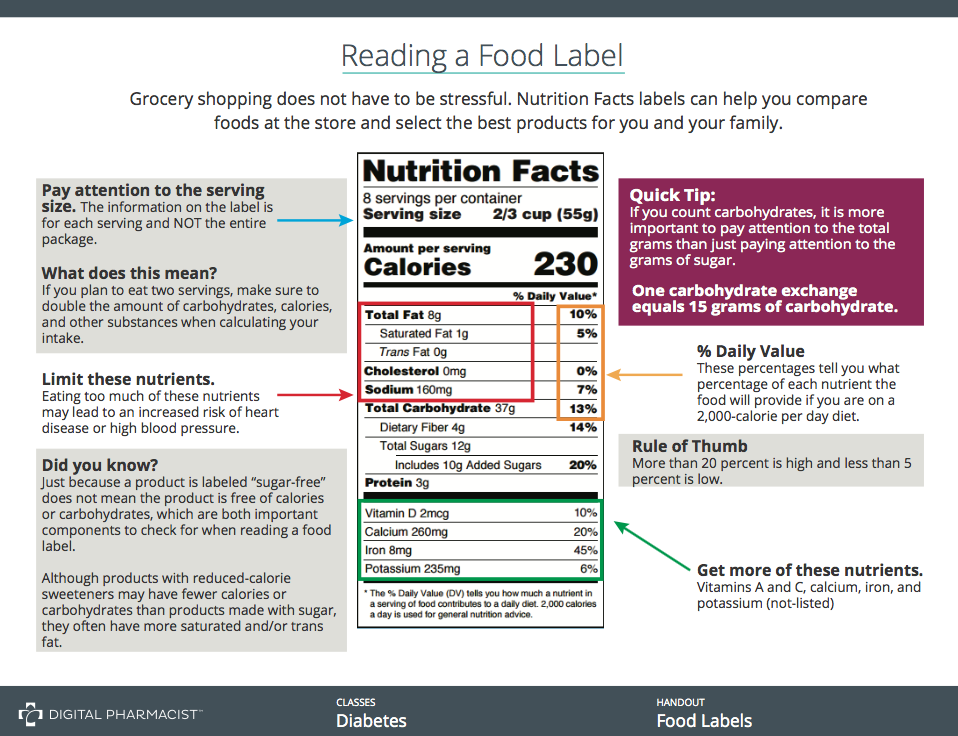
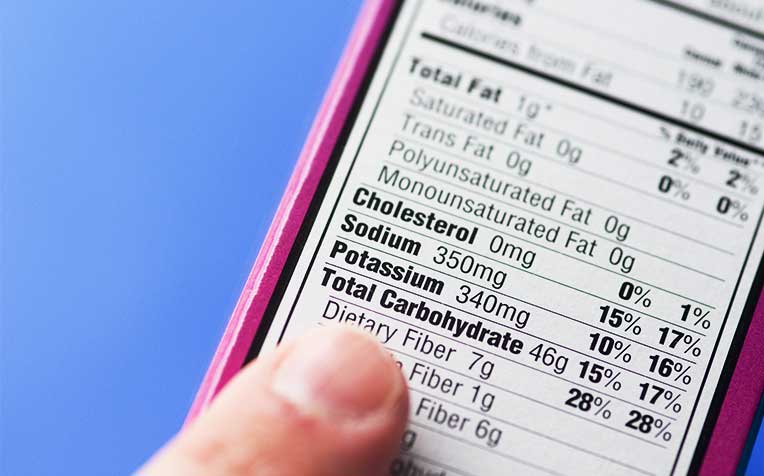
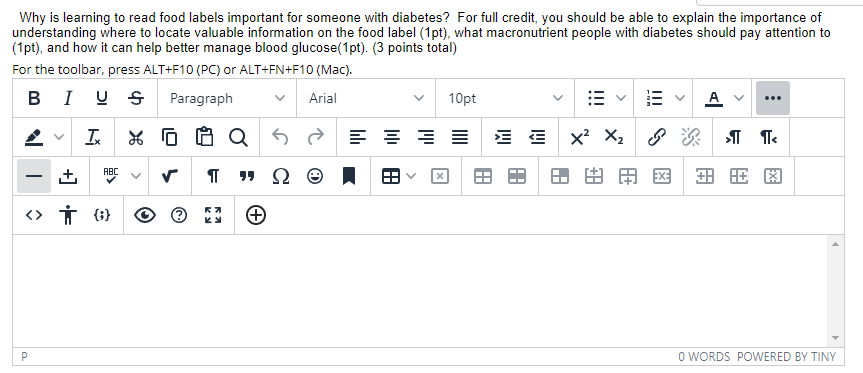

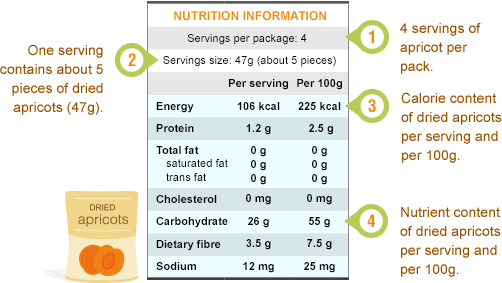

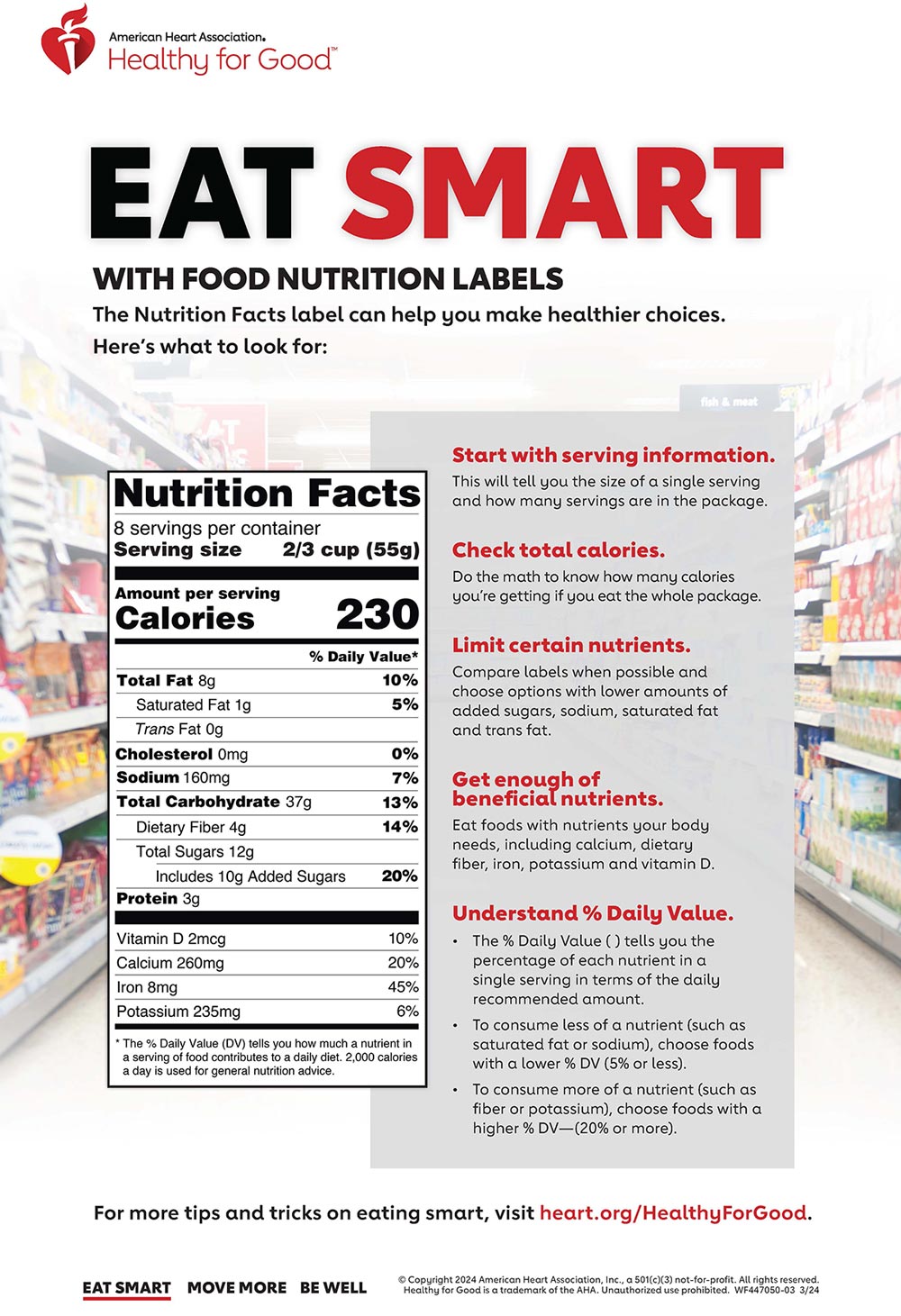
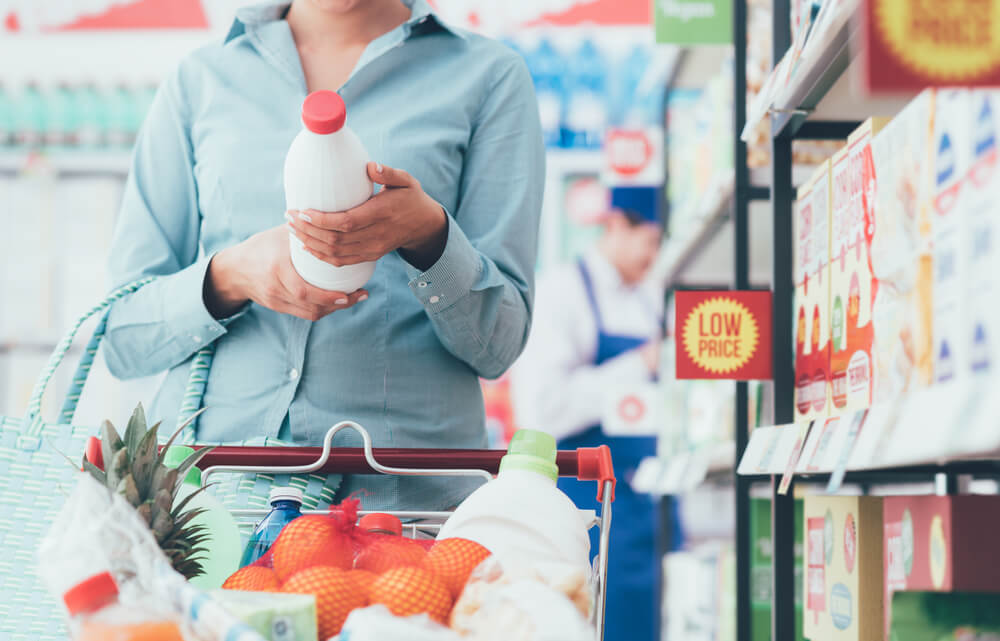

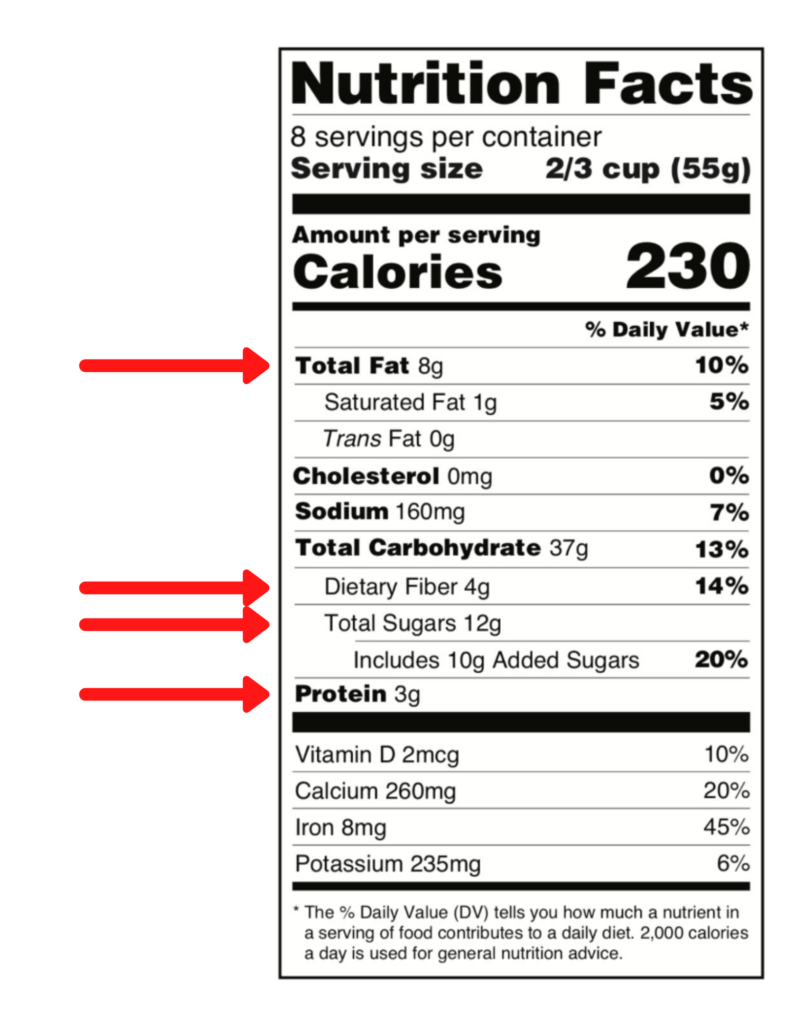

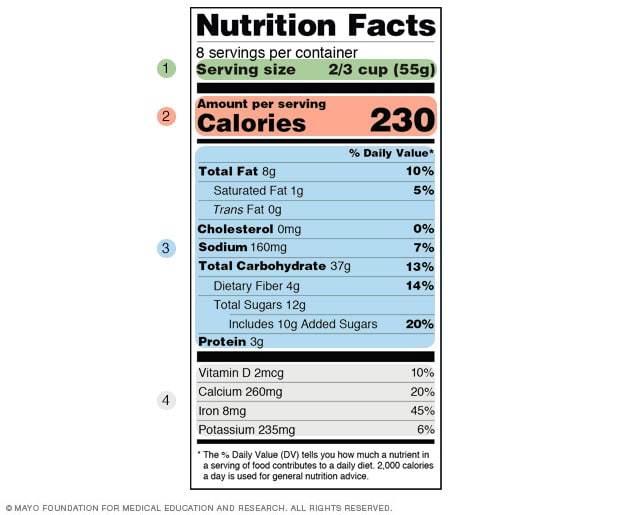
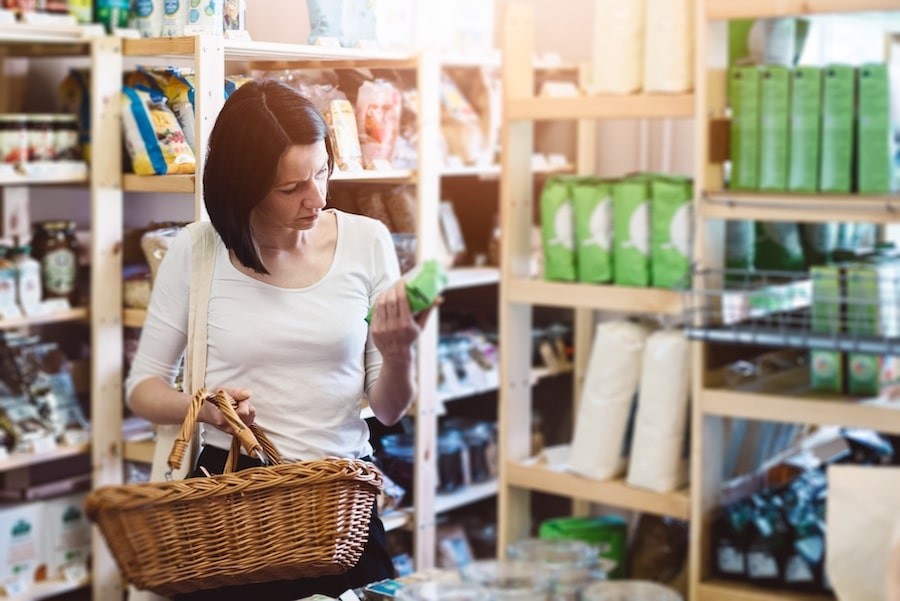
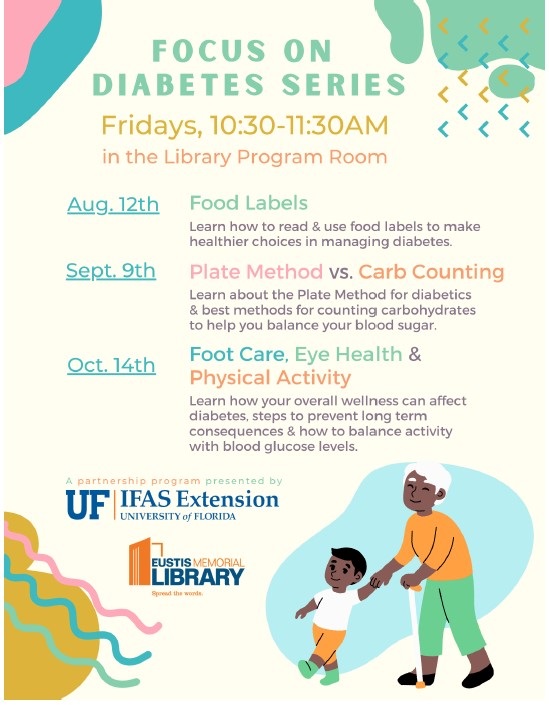
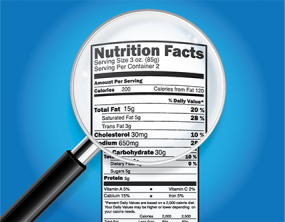
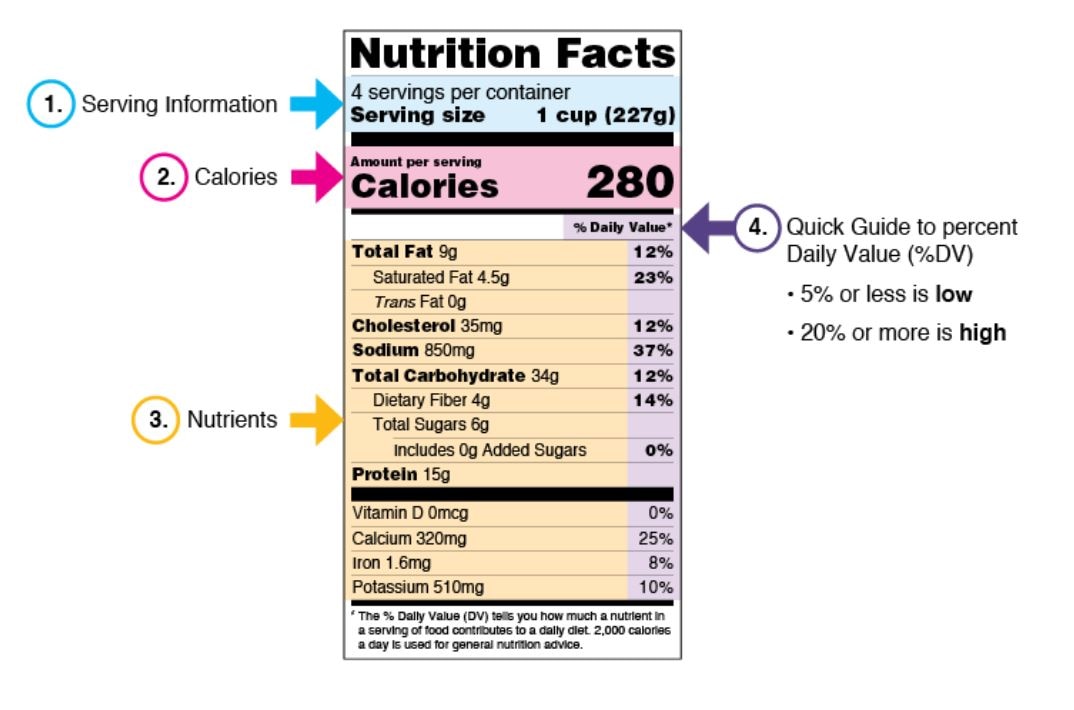
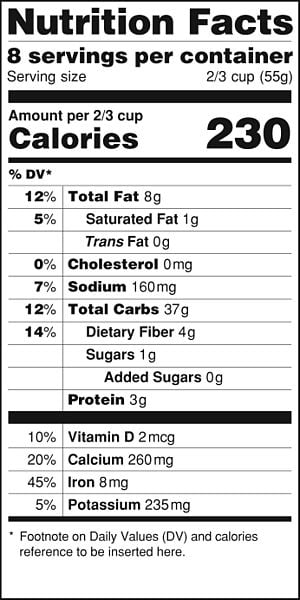
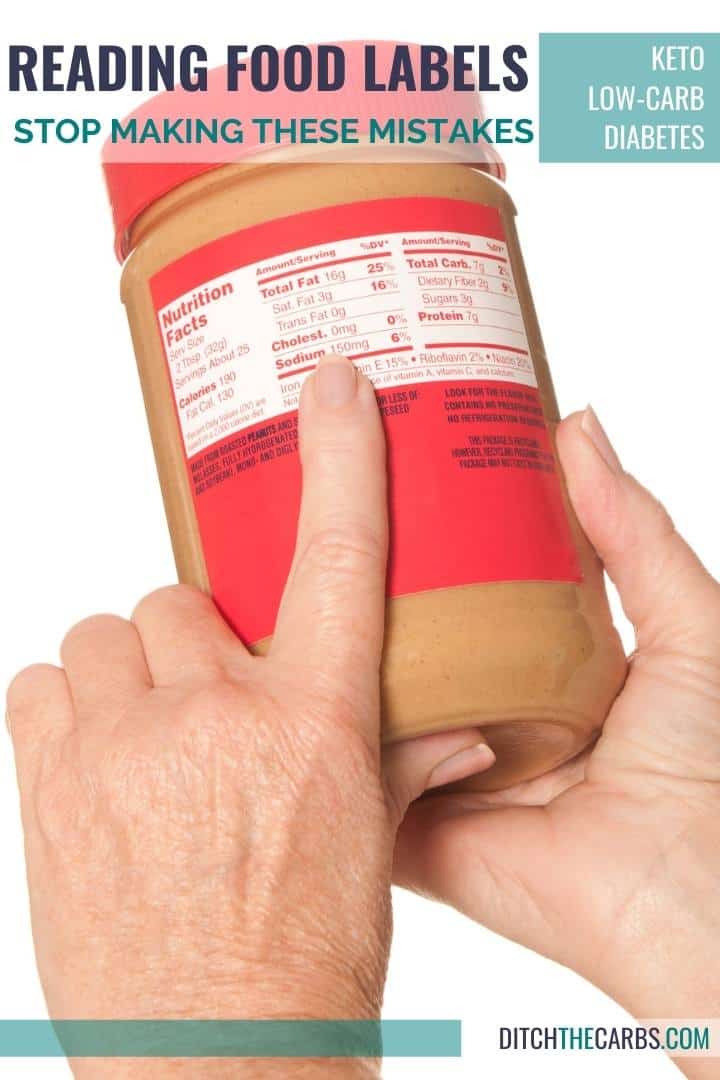

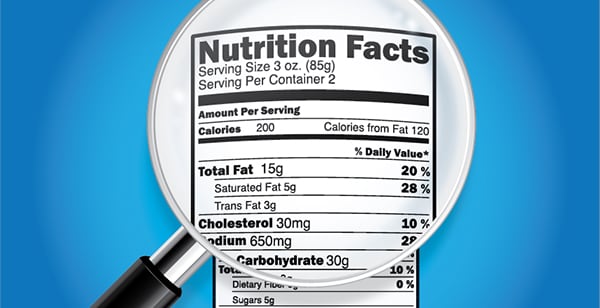
Post a Comment for "42 how to read food labels diabetes"